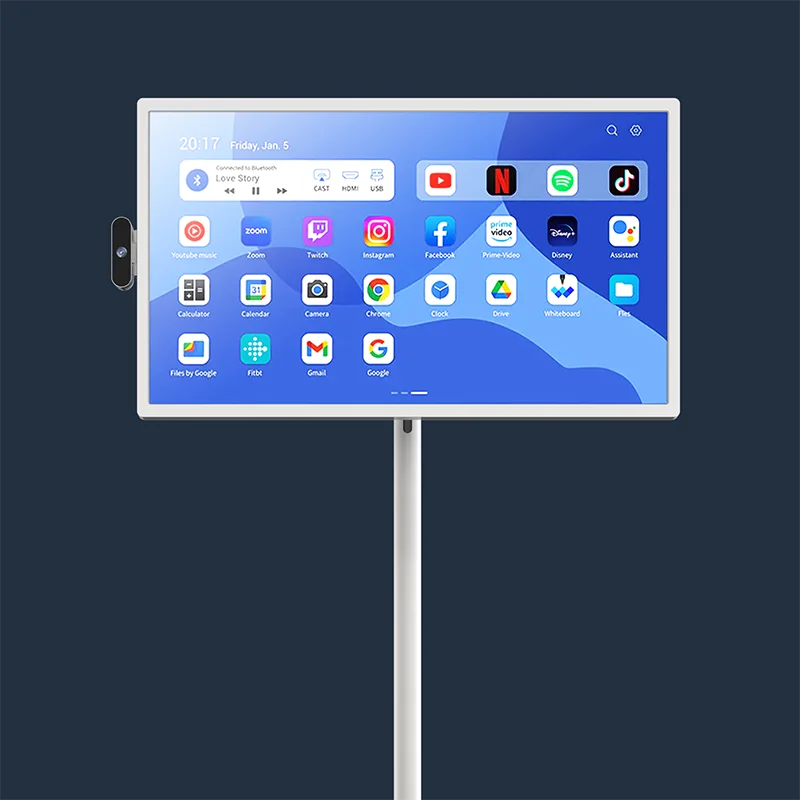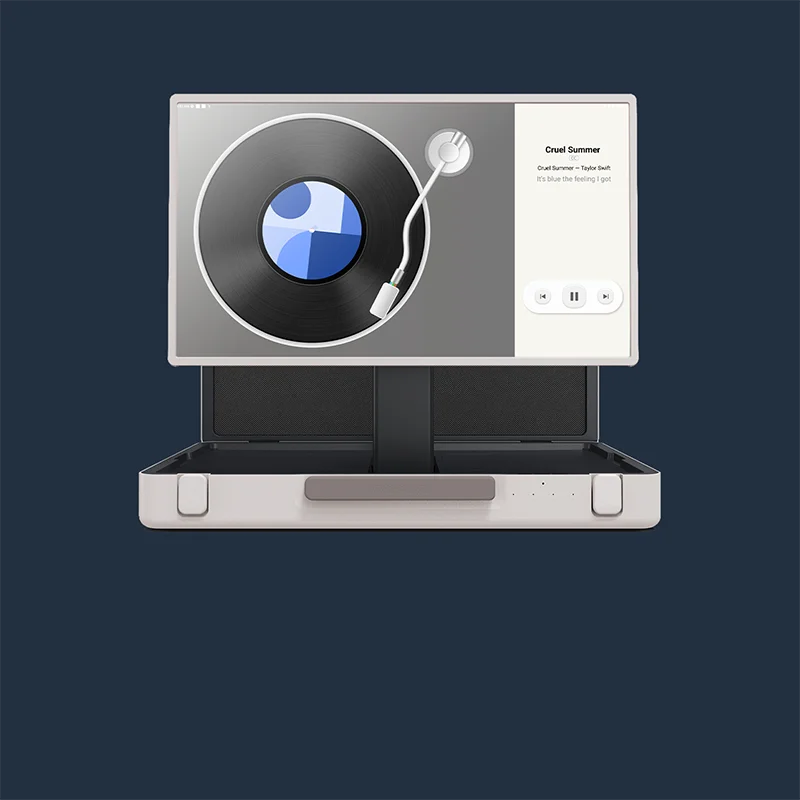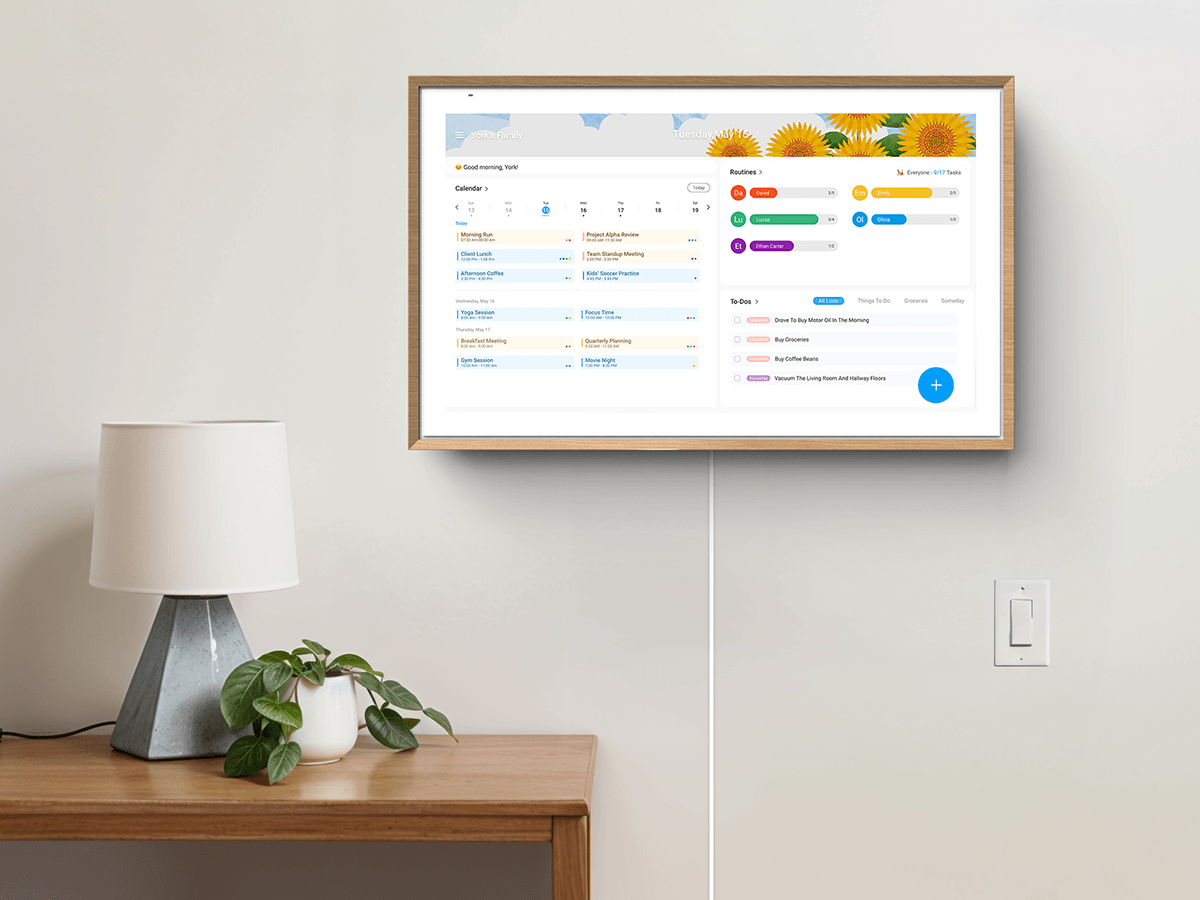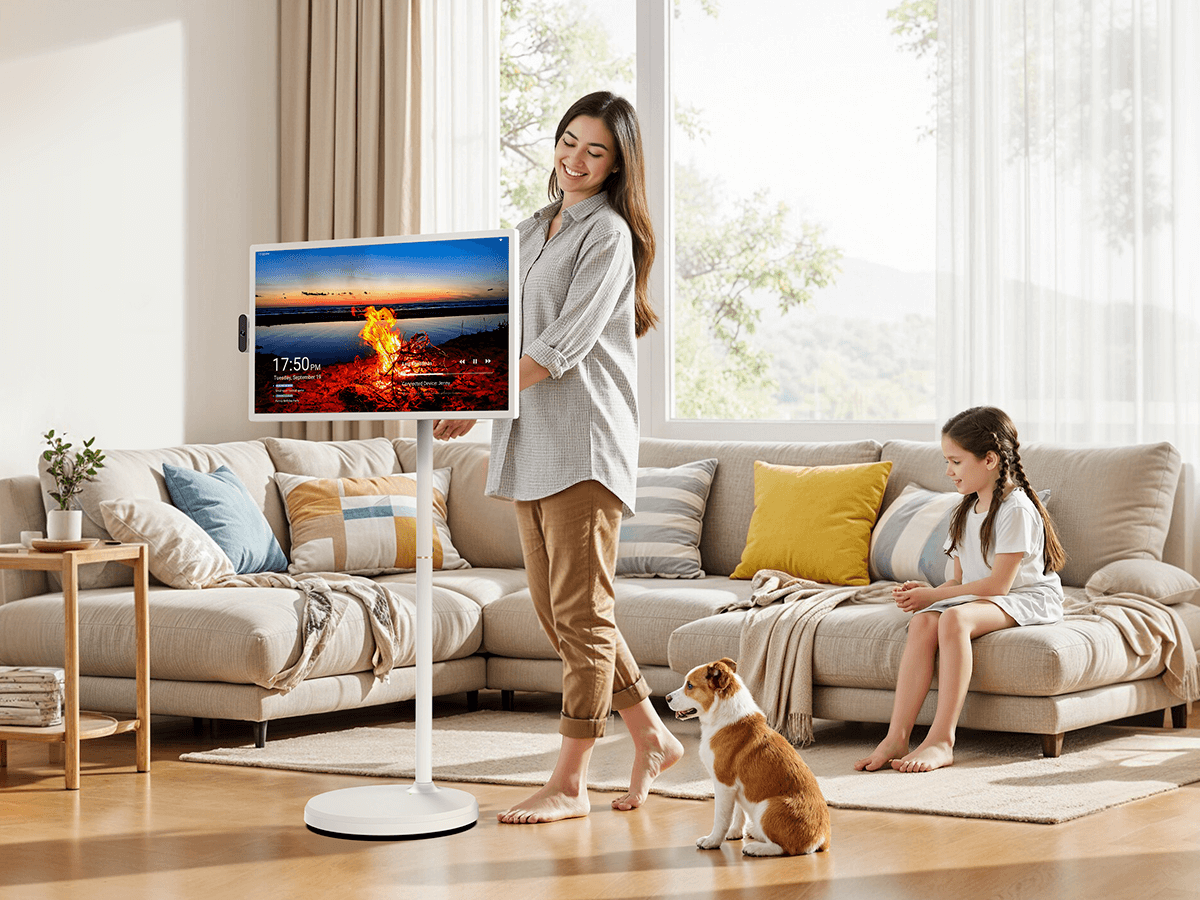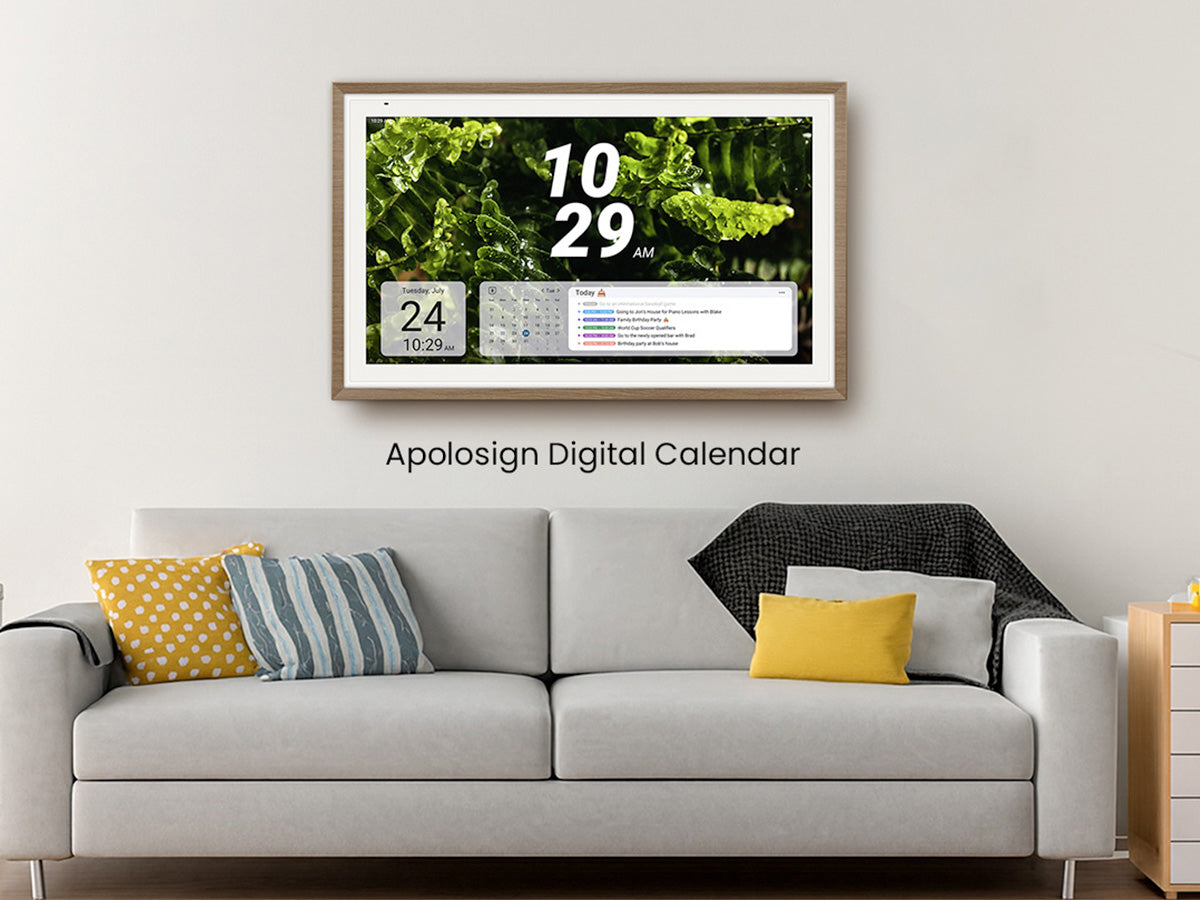Self-discipline isn't about restriction; it's your key to unlocking true freedom. Let's build it, step by step.
The Real Meaning of Discipline (It's Not About Punishment)
Let's get this over with. What do you think of when you hear the word "discipline"? Many of us think of strict rules, dull routines, and a never-ending, draining battle against our own wants. Doesn't it sound like a sentence? But what if that story is just a misunderstanding that's holding us back? What if self-control isn't a prison but the key that opens it?
Self-discipline is no longer seen as self-denial in modern psychology. Instead, it is seen as self-mastery. To reach your long-term goals, you need to be able to control your urges, feelings, and actions. Think about it: you're not really free when you don't follow through with your plans. You're like a puppet that is controlled by hunger, tiredness, putting things off, or the never-ending scroll of a social media feed. Living your life is not something you're planning.
Some people think of this as "positive freedom," which means being able to be your own boss and make yourself into the person you want to be. That freedom comes from self-discipline. Because you're choosing to do less of the things that drain you, you can do more of the things that make you happy. When you stick to your work, you can enjoy your free time in the evenings without worrying about it. You have the energy to be fully present with the people you love when you take care of your health. You can put a little bit of personal freedom into an account with each choice you make with discipline. Over time, that account earns amazing interest.
Step 1: Define Your 'Why' with Crystal-Clear Goals
Discipline without a direction is just drudgery. To build a lasting practice, you need a powerful, compelling reason to show up every day. You need a "why." This is where vague wishes like "I want to be healthier" or "I should be more productive" fall apart, lacking the gravitational pull to keep you in orbit when life gets complicated.
To give your discipline a purpose, you must translate your aspirations into concrete, actionable targets. The most effective tool for this is the SMART framework, a simple but profound method for turning fuzzy dreams into a clear roadmap.
A SMART goal is:
Specific: It answers the questions: What exactly do I want to accomplish? Why is it important? Who needs to be involved? A specific goal leaves no room for ambiguity.
Vague: "I want to get better at my job."
Specific: "I will improve my project management skills to lead my team more effectively."
Measurable: How will you track your progress? Quantifying your goal provides the kind of feedback that fuels motivation.
Vague: "I'll get better at project management.
"Measurable: "I will earn a project management certification and improve my team's project efficiency by 15%."
- Achievable: Is your goal realistic given your current circumstances? It should stretch you, but not to the breaking point. An achievable goal prevents the burnout that comes from chasing the impossible.
- Relevant: Does this goal genuinely matter to you? It must align with your core values and long-term vision. If your "why" is just "because I should," your motivation will eventually run dry.
- Time-bound: Every goal needs a deadline. A target date creates a healthy sense of urgency and prevents your ambitions from dissolving into "someday."
Putting it all together, a vague wish transforms into a powerful objective: "By the end of this quarter, I will earn a project management certification and implement new project management software to streamline our team's workflows, improving project efficiency by 15%."
See the difference? That's a "why" you can build a system around. The goal sets the destination; the daily habits you'll build next are the vehicle that will get you there.

Step 2: Build Your Foundation with ne Small Habit at a Time
Now that you have your destination, it's time to start the engine. But here's where most people go wrong: they try to go from zero to sixty in a single day. They commit to a complete life overhaul—waking up at 5 a.m., running five miles, meditating for an hour, and reading a book a day—all at once. By week's end, they're exhausted, overwhelmed, and right back where they started.
The secret to lasting change isn't massive action; it's radical consistency with tiny actions. Author James Clear calls these "atomic habits," and the principle is deceptively simple: aim to get just 1% better every day. While it might not feel like much in the moment, the compound effect is staggering—getting 1% better each day for a year leaves you thirty-seven times better by the end.
These "micro-habits" work because they're too small to fail. They fly under your brain's "too hard" radar, bypassing the mental resistance that causes procrastination. Instead of committing to a one-hour workout, you commit to putting on your gym clothes. Instead of writing a chapter, you write one sentence. Instead of meditating for 30 minutes, you simply start by taking out your yoga mat.
The point of these "gateway habits" isn't the action itself; it's mastering the art of showing up. Each time you perform a tiny habit, you cast a vote for the type of person you want to become. One push-up is a vote for "I'm a person who takes care of my body." Reading one page is a vote for "I'm a reader." These small wins build momentum and reinforce a new identity, one disciplined choice at a time.
Step 3: 10 Small Disciplined Habits You Can Start Today
Ready to start casting those votes for your future self? Here are 10 simple, high-impact habits you can begin implementing today. Don't try to do them all at once. Pick one or two that resonate with you and build from there.
- Get out of bed when your alarm rings. Hitting snooze is the first broken promise of the day. Getting up immediately builds self-trust and sets a tone of integrity.
- Make your bed. It's a tiny act of order that gives you an immediate "win." This small sense of accomplishment creates momentum that carries you through the day.
- Practice five minutes of mindfulness before touching your phone. Reclaim your attention. Instead of letting notifications dictate your morning mood, take a few moments to breathe and set your own intentions.
- Move your body for 10 minutes. You don't need an intense gym session. A brisk walk, some stretching, or a few pushups can shake off sleepiness and prime your brain for focus.
- Plan your day the night before. Decide on your top three priorities for tomorrow before you go to bed. This reduces decision fatigue in the morning, saving your mental energy for important tasks.
- Tackle your most important task first. Often called "eating the frog," this strategy leverages your peak willpower in the morning to guarantee that your highest-priority work gets done.
- Write down one thing you're grateful for. Gratitude is a powerful mental reset. It shifts your focus from what you lack to what you have, building a resilient and positive mindset from within.
- Fuel your body properly. A disciplined mind needs a well-fueled body. Start your day with protein and fiber instead of sugar to maintain stable energy and focus.
- Tidy your physical space for 10 minutes. A cluttered desk or room often leads to a cluttered mind. A quick reset of your environment creates a space that's conducive to order and focus.
- Review your long-term goals. Take 60 seconds to look at the SMART goal you defined. This simple act anchors your daily actions to your larger purpose, rendering small distractions insignificant.
Step 4: Design Your Physical and Digital Environment for Success
Willpower, as you know, is a finite resource. If you spend all day resisting the temptation of cookies on the counter or the siren call of notifications on your phone, you'll have no mental energy left for the work that truly matters. The smartest approach, therefore, isn't to fight harder; it's to rig the game in your favor by designing an environment that automates good choices.
Your physical space is a powerful starting point. The goal is to reduce the friction for good habits and increase it for bad ones.
- Make good cues obvious. Want to drink more water? Keep a water bottle on your desk. Trying to read more? Leave a book on your pillow. Lay out your workout clothes the night before.
- Make bad cues invisible. Trying to eat healthier? Move the junk food to a high shelf in the back of the pantry, or better yet, don't bring it into the house at all. Out of sight, out of mind.
- Optimize for focus. A cluttered, disorganized space creates background stress and drains your cognitive resources. Dedicate a clean, well-lit space for work. Designate specific zones for specific activities—your desk is for working, your bed is for sleeping—to strengthen your brain's associations.
Your digital world, in an age of constant connectivity, is just as crucial. Practice "digital minimalism" by intentionally clearing away low-value noise so you can focus on what truly supports your goals.
- Curate your phone. Turn off all non-essential notifications. You decide when to check for updates; don't let an algorithm decide for you. Use "Focus Mode" to block distracting apps during work hours.
- Sanitize your browser. Use website blockers like Freedom or LeechBlock to prevent mindless scrolling on time-wasting sites. Tame your tab overload with an organizer like OneTab.
- Declutter your desktop. A clean digital workspace mirrors a clean physical one. Keep only essential files and applications visible.
When you design your environment, you're essentially externalizing your willpower. You're building a system where the path of least resistance leads directly to your goals.

Step 5: Create Your Command Center with an Accountability System
You’ve defined your “why,” started building micro-habits, and tuned your environment. Now turn your calendar from a passive log into an active command center that holds you accountable. Consolidate everything into one primary calendar—your schedule planner—so you see a single, honest picture of your time instead of juggling multiple sources.
A practical way to operationalize this is to place a wall-mounted, mid-size digital calendar in a high-traffic spot (kitchen, home office, or hallway). For example, the Apolosign 21.5″ Digital Calendar offers a dual-mode setup:
- Calendar Mode gives you a big-picture, at-a-glance schedule and auto-syncs Apple, Google, Outlook, and more, making it simple to keep work, personal, and family events in one source of truth—functionally your household schedule planner on the wall.
- Android Mode lets you build a lightweight dashboard with widgets (habit tracker, focus timer, notes) so your priorities stay visible without diving into phone apps.
Next, timebox your week so blank space can’t be hijacked by distractions:
- Deep Work: Block 60–120 minutes for your most valuable projects. Treat these green blocks as non-negotiable appointments with your future self. If something pops up, add it by voice (“Hey Google…”) and keep moving.
- Shallow Work: Batch email, admin, and calls into short windows. “Corralling” them visibly prevents leakage into deep-work time.
- Habits & Health: Schedule 10-minute movement, mindfulness, or meal prep as actual calendar events. Building family routines? Convert chores into checkable routines with points/rewards so small wins stay motivating.
- Personal & Family Time: Keep shared events on the same board as a digital family calendar so everyone sees the plan at a glance—no more “who’s doing pickup?” confusion.
- Professional Growth: Reserve weekly blocks for courses, certifications, or portfolio work. Treat this stream like a simple work planner inside your main calendar so progress compounds week by week.
When your calendar is fully populated, it becomes an identity mirror—your values in color-coded blocks. If you say health matters but there’s no workout block, the gap is obvious. Anchoring the display where you can’t ignore it externalizes willpower and raises follow-through. As a bonus, Apolosign’s photo-frame screensaver (with calendar/clock and Google Photos) works without a subscription, so your setup stays simple and sustainable. Voice control (“Hey Google”) is supported, which makes quick adds and hands-free check-ins effortless.
Step 6: Practice Consistency, Not Perfection
This final step is perhaps the most important, because life inevitably gets in the way. You will have days when you fall off track—you'll miss a workout, eat the cake, or spend an hour scrolling when you meant to be working. In that moment, the perfectionist voice in your head will whisper (or shout), "You've failed. The whole day is ruined. You might as well give up and start again on Monday."
This all-or-nothing thinking is the single greatest threat to your long-term success. Discipline is not about being perfect. It's about being resilient.
The real goal is not an unbroken chain of perfect days; it's consistency over time. Research shows that missing a habit once has no measurable impact on your long-term progress. The damage isn't done by the single slip-up; it's done when you let that slip-up convince you to quit.
So, how do you build a resilient practice?
- Adopt the "Never Miss Twice" Rule. Life happens. You'll miss a day. The simple rule is to get right back on track the very next day. Missing once is an accident. Missing twice is the start of a new, undesirable habit.
- Reframe Failure as Feedback. A setback is not a verdict on your character; it's data. What can you learn from it? Was your goal too ambitious? Was your environment not optimized? Use the information to adjust your plan and move forward, smarter than before.
- Practice Self-Compassion. Talk to yourself the way you would talk to a good friend who stumbled. You wouldn't berate them; you'd offer encouragement and help them get back up. That same kindness is a high-performance strategy for yourself. It shortens the time you spend wallowing in guilt and gets you back in the game faster.
True self-discipline isn't about never falling down. It's about the skill of getting back up—quickly, and without judgment.
Takeaway
Self-discipline is something you do, not something you get to. It means being able to make choices about your life, one small, steady step at a time. You need to figure out your purpose, create a system of small habits, set up your environment for success, and accept that progress is better than perfection. Take one small step right now. Your future self is counting on you to start, and you have everything you need to do it.
FAQs
Q1. What’s the practical difference between a digital calendar, a schedule planner, and a work planner?
A digital calendar is your live map of time—events, reminders, and recurring blocks with alerts. A schedule planner is the cockpit where you arrange the day or week: sequencing tasks, adding buffers, and assigning timeboxes. A work planner focuses on outcomes—quarterly goals, monthly milestones, weekly priorities, and daily deep-work blocks. The winning combo: use the work planner to define results, the schedule planner to allocate time, and the digital calendar to execute and notify.
Q2. How do I onboard the whole family to a digital family calendar without chaos?
Start with a minimum viable sync: school runs, meals, sports, bills, appointments—only the essentials. Color-code by person and assign a default owner for each recurring item. Hold a 15-minute Sunday huddle to confirm the week and resolve conflicts. Keep private items on personal calendars, and publish only shared essentials on the digital family calendar. Add household routines (trash day, tidy-up, grocery list) as repeating tasks in your schedule planner, and surface the key items on a wall-mounted digital calendar everyone can see.
Q3. How do I turn long-term goals into weekly execution inside a work planner?
Use a four-layer cascade: Quarter → Month → Week → Day. In your work planner, set 3–5 measurable quarterly outcomes. Break them into monthly milestones, then choose 2–3 weekly “rocks.” Convert those rocks into 60–120 minute timeboxes in your schedule planner and sync them to your digital calendar. Add 10–15 minute context-switch buffers around meetings, plus a mid-week review and a Friday shutdown ritual. Now every day’s actions clearly roll up to the week, month, and quarter.
Q4. My beautifully planned week just blew up. What’s the fastest recovery plan?
Run a three-step reset:
- Triage today’s list into must/deferrable/delete.
- Reschedule the musts within seven days (never delete; always re-place).
- Book a daily Fallback 30 block in your schedule planner for spillover.
Move deferrables to next week in your work planner, and add “catch-up” blocks on your digital calendar. This protects deep work from getting cannibalized while keeping momentum psychologically intact.
Q5. How do I protect focus and privacy when sharing calendars with family or a team?
Use layering and summaries. Keep personal, family, and work on separate layers. The digital family calendar shows only shared life logistics (pickups, appointments, trips). Personal stays private. Work can expose free/busy only. During focus hours, show just deep-work blocks and priority reminders on your digital calendar to reduce noise. Replace constant pings with a daily or weekly summary email. In short: the digital calendar provides a unified view, the schedule planner fine-tunes daily rhythm, and the work planner tracks outcomes—focus and privacy both win.

